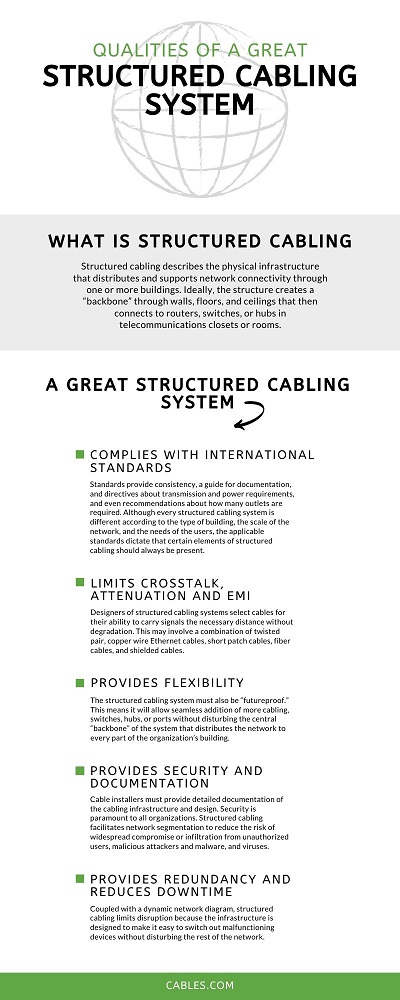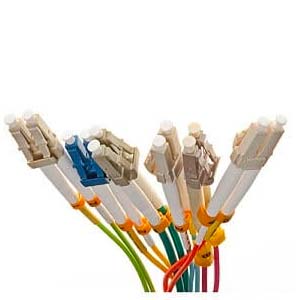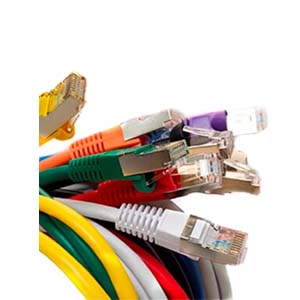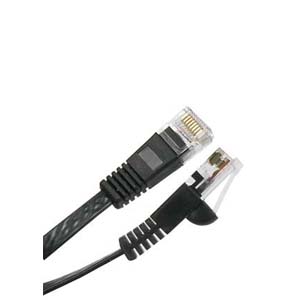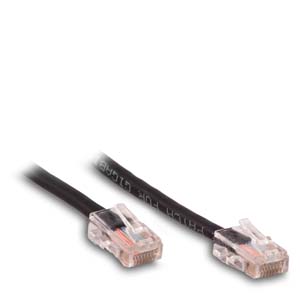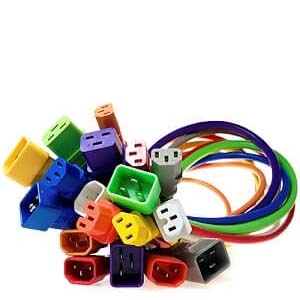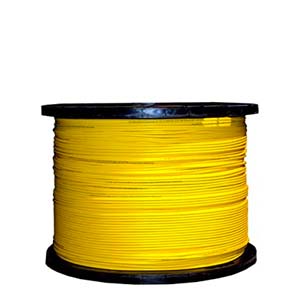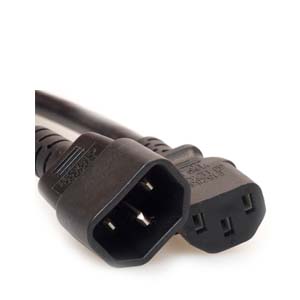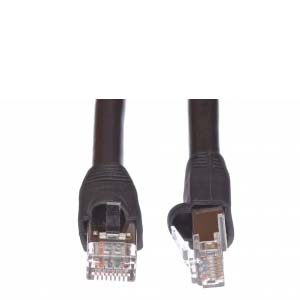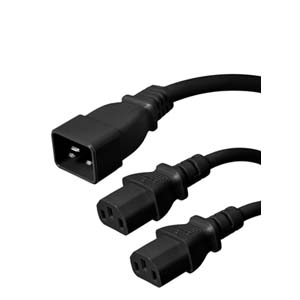Cables Blog
Qualities of a Great Structured Cabling System
Structured cabling brings order out of chaos. Network administrators implement the qualities of a great structured cabling system to keep data flowing.
by VIKAS DAYAL • June 18, 2020
Network Topology, Network Patch Cords, Network Patch Cables, Datacomm Cables, Data Center, Cat5e / Cat6 Cables, Cables.com
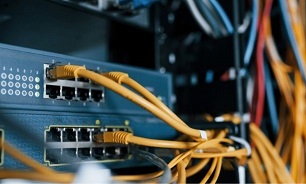
New buildings and expanded services demand a network infrastructure that provides organization and adaptability. Structured cabling provides both. Data centers, hospital campuses, and research facilities that incorporate the qualities of a great structured cabling system are prepared for expansion and reconfiguration.
What is Structured Cabling
Structured cabling describes the physical infrastructure that distributes and supports network connectivity through one or more buildings. Ideally, the structure creates a “backbone” through walls, floors, and ceilings that then connects to routers, switches, or hubs in telecommunications closets or rooms. From there, the cabling connects to ports for wired connections, or to wireless routers to distribute a strong signal where necessary throughout the building.
A Great Structured Cabling System Complies with International Standards
The American National Standards Institute (ANSI), the Telecommunications Industry Association (TIA), and the electronic Industries Association have produced standards governing how cables for telecommunications networks should be organized around function and performance within commercial buildings. TIA/EIA-568 spells out how cabling should be laid out in commercial buildings, while ANSI/TIA 942 lays out specifications for cabling in data centers. These organizations periodically review and update the standards they promulgate. A great structured cabling system complies with current standards while leaving room for future revisions that may affect cable distribution within a building.
Standards provide consistency, a guide for documentation, and directives about transmission and power requirements, and even recommendations about how many outlets are required. Although every structured cabling system is different according to the type of building, the scale of the network, and the needs of the users, the applicable standards dictate that certain elements of structured cabling should always be present. These include:
- Entrance facilities: this is where external ownership of the network transitions to internal, organizational ownership. Entrance facilities manage how internet services enter the building and may contain cabling, power sources, grounding, or circuit protection, in addition to other hardware designed to convert the external signal to travel over equipment that complies with local building and fire codes.
- Backbone: this describes all the cabling that connects different floors vertically within a building and buildings within a campus or complex to each other. Backbone cabling also connects the entrance facility to telecommunications rooms and closets. Components of the backbone include cable conduit (“raceways,” shafts, sleeves, etc.) cables themselves, which may be twisted-pair, copper Ethernet cables, fiber optic cable, or a combination of cable connectors, patch cables, panels, and other hardware like cable management equipment and grounding hardware. These facilities may be underground (in a basement), in a tunnel, buried outside, or aerial. Each have their own requirements regarding environmental endurance, the ability to resist interference, and co-existence with other services like cable television and landline phone services.
- Equipment rooms: these climate-controlled spaces contain more cabling, plus hubs, switches, and connectors.
- Horizontal cabling: this runs through floors or ceilings to distribute the network from telecommunications rooms or closets further throughout each level of the building.
- Workstations: this is where the purpose of the entire structured cabling system comes to life, in the work of users. These work areas may include desktops, laptops, additional monitors and AV and teleconferencing equipment, and the ports or panels that connect them all to the network and to their power supply.
- Other equipment rooms: increasingly, organizational physical plants are using smart systems that connect via the internet of things (IOT). HVAC systems, elevators, lighting, and power management may all require connectivity to the network to communicate their status, record data, and issue maintenance reminders.
A Great Structured Cabling System Limits Crosstalk, Attenuation and EMI
Different types and classes of cable have varying levels of resistance to electromagnetic interference (EMI) from nearby sources, like major machinery, exterior power cables, and appliances like microwave ovens. Designers of structured cabling systems select cables for their ability to carry signals the necessary distance without degradation. This may involve a combination of twisted pair, copper wire Ethernet cables, short patch cables, fiber cables, and shielded cables.
A Great Structured Cabling System Provides Flexibility
Expansion of structured cabling may require adding workstations, moving or adding smart machines, and accommodating upgraded equipment. Flexibility is the most sought-after quality of a great structured cabling system. Expansion may require a substantial increase in bandwidth. The structured cabling system must also be “futureproof.” This means it will allow seamless addition of more cabling, switches, hubs, or ports without disturbing the central “backbone” of the system that distributes the network to every part of the organization’s building. It also means that the system must be ready for expanded cloud and “virtual machine” computing, and for the addition of mobile devices to the network.
A Great Structured Cabling System Provides Security and Documentation
When network administrators work with structured cabling designers and installers, documentation is critical. There is no guarantee that the same installers who initially put everything together will still be available for an expansion or reconfiguration. Cable installers must provide detailed documentation of the cabling infrastructure and design. Clearly identifiable labeling and even color-coded cables will help keep everything consistent and organized when adding components, workstations, new ports, or additional power sources.
Security is paramount to all organizations. Structured cabling facilitates network segmentation to reduce the risk of widespread compromise or infiltration from unauthorized users, malicious attackers and malware, and viruses.
A Great Structured Cabling System Provides Redundancy and Reduces Downtime
A well-documented structured cabling system enables troubleshooting or expansion without disturbing the entire network. New devices can be added to the network, and old ones can be retired or replaced, without causing downtime for users. Coupled with a dynamic network diagram, structured cabling limits disruption because the infrastructure is designed to make it easy to switch out malfunctioning devices without disturbing the rest of the network.
Professional structured cabling designers and installers provide assistance in identifying present and potential future cabling needs. They help identify required equipment. They should be fully conversant with local building and fire codes and able to supply cabling and hardware that complies with applicable code requirements. Most of the necessary cabling and cable support accessories, including wall plates, patch panels, connectors, hubs, switches, racks (if necessary), and tools are available online.
